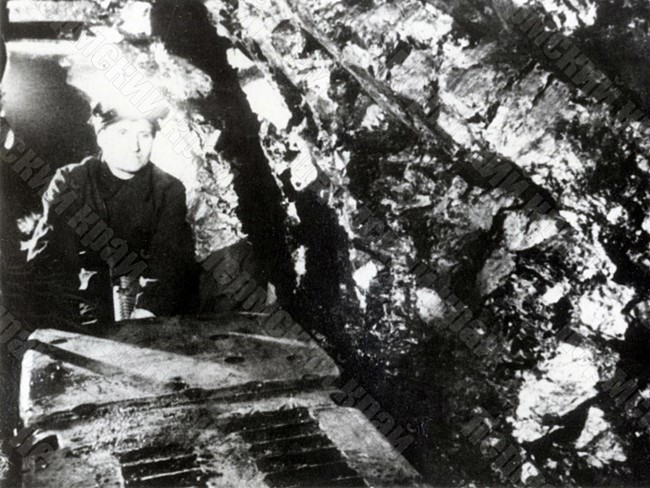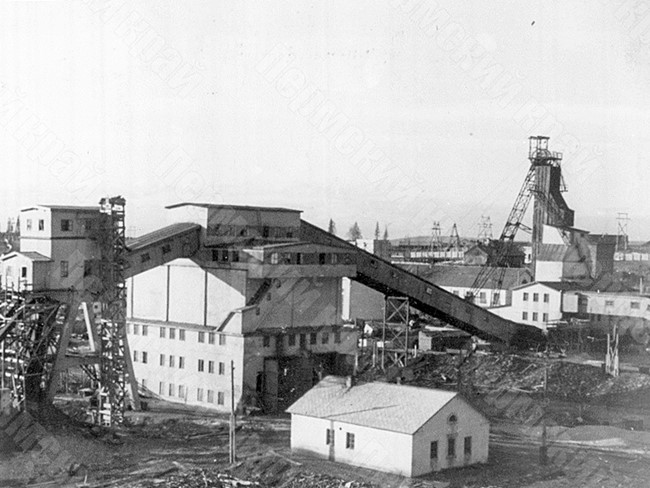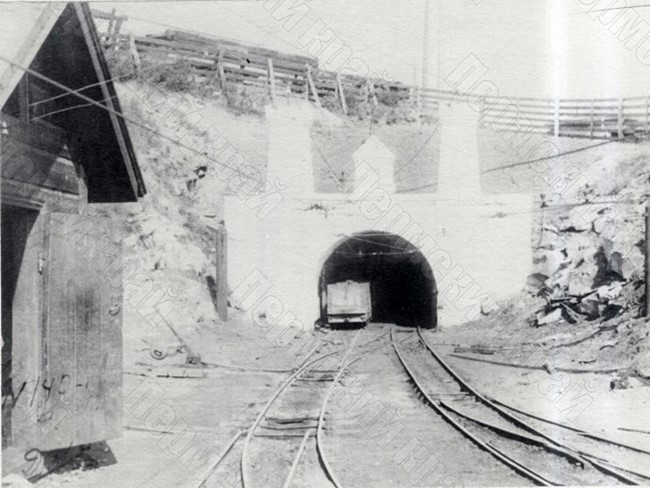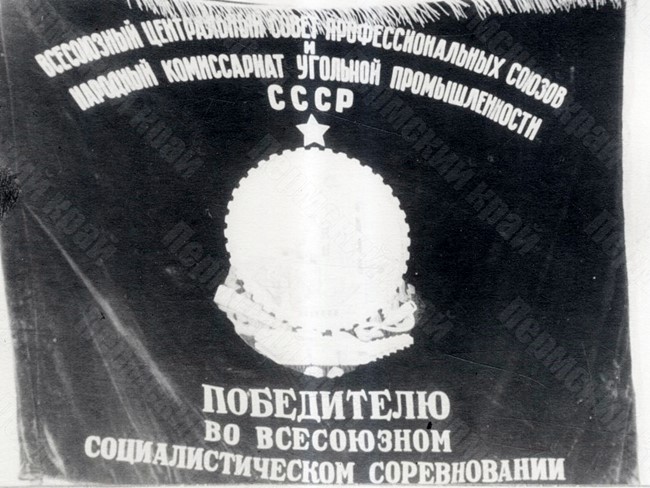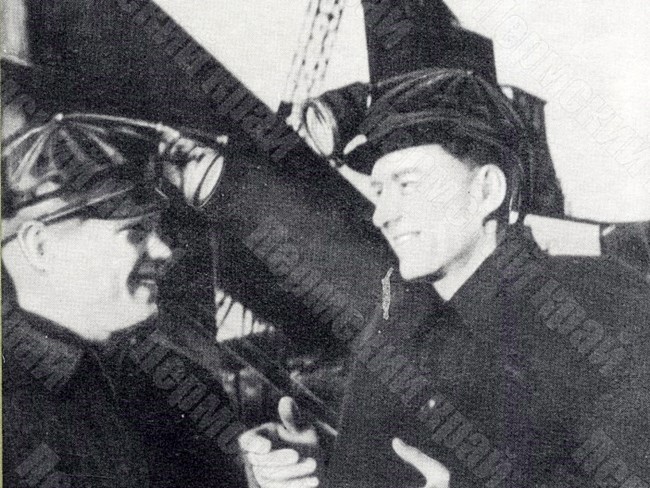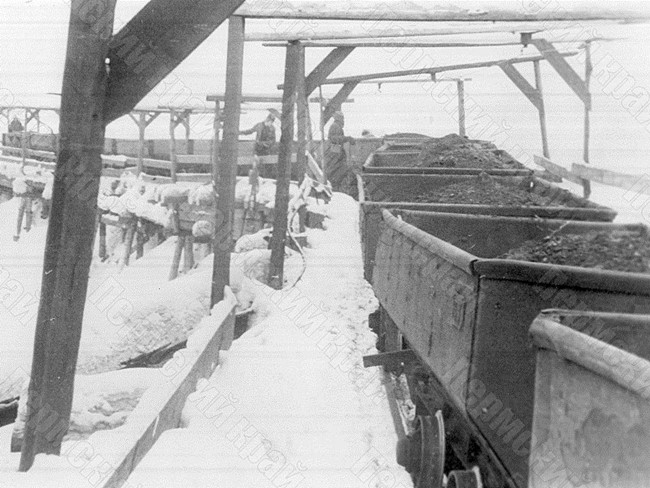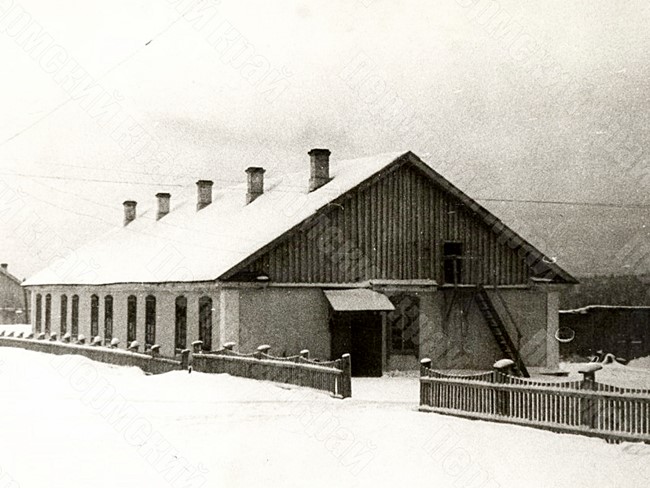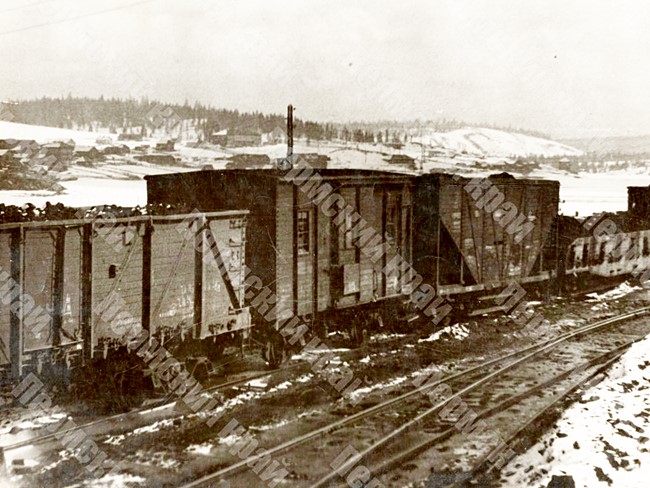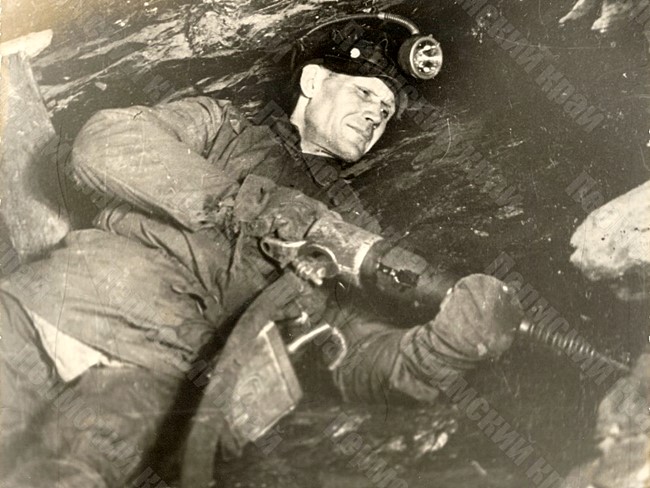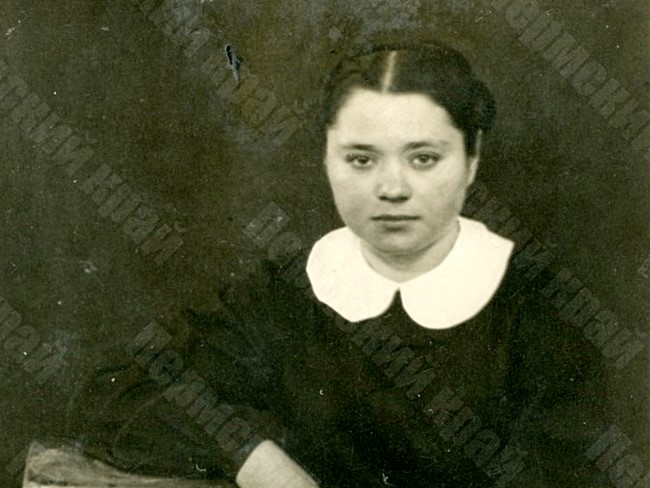Personal Stories
The Story of Ivan Zhirnov - operator of the heavy cutting machine at the Volodarsky Mine
Ivan Semenovich Zhirnov began working at the Volodarsky Mine of Kizel Coal Basin in 1928. For the first five years he was a conveyor carrier, and in 1933 he became an opeartor of a heavy cutting machine. Even before the war, Ivan Semenovich was considered one of the foremost workers of the Volodarsky Mine and was one of the initiators of the development of the Stakhanov movement among the operators of cutting machines in the Kizel Coal Basin.
When the Great Patriotic War began, I.S. Zhirnov tried to increase the productivity of his labour even more. By the beginning of 1942, he was cutting coal by one and a half times more than the norm with the help of the heavy cutting machine ГТК-3. However, Ivan did not stop there. He wanted to extract even more coal, so necessary for the country in wartime. And when in May 1942, the management of the KizelCoal Trust decided to organise a competition between the Kizel miners and snipers of the North-Western Front, I.S. Zhirnov enthusiastically agreed to participate in it.
Ivan's partner in this competition was Sergeant T.S. Sanzhiev, the sniper of the 529th rifle regiment of the Red Army. He committed to reaching 100 German soldiers killed by the anniversary of the beginning of the Great Patriotic War. Ivan Zhirnov, in turn, undertook to increase the production plan for cutting coal on his machine by 160% by the same date.
For almost two months, both participants in the competition made every effort to fulfill their commitments. T.S. Sanzhiev used his rifle to destroy German military men in fierce battles on the territory of the Novgorod region. I.S. Zhirnov worked on his machine 15 hours a day, chopping up so much coal that sometimes the miners who removed the coal simply did not have time to do it. In June 1942, Ivan Zhirnov fulfilled the plan for cutting coal by 170%, and on June 16th, 1942, sniper T.S. Sanzhiev shot the hundredth German soldier. Thus, both participants of the competition fulfilled their commitments.
On June 17th, 1942 near the town of Staraya Russa, Novgorod Region, Sergeant T.S. Sanzhiev was killed. On the day of his death, he managed to kill three more German soldiers and one officer. Togon Sanzhievich was posthumously awarded the Order of the Red Banner, and his sniper rifle was solemnly handed over to a young sniper of the same 529th Rifle Regiment, who used it on a combat mission the very next day.
Having learned about the death of T.S. Sanzhiev, I.S. Zhirnov took an oath to achieve even greater results in cutting coal at the Volodarsky Mine in memory of the sniper. And this oath was fulfilled by Ivan Zhirnov. Working on his heavy cutting machine, he fulfilled the production plan by 180% by the end of 1942.
In 1943, for the labour successes, I.S. Zhirnov was awarded the Order of Lenin.
PermGASPI. Form 61. Op. 25. D.2007. L.2-5
Berezniki
Nytva
